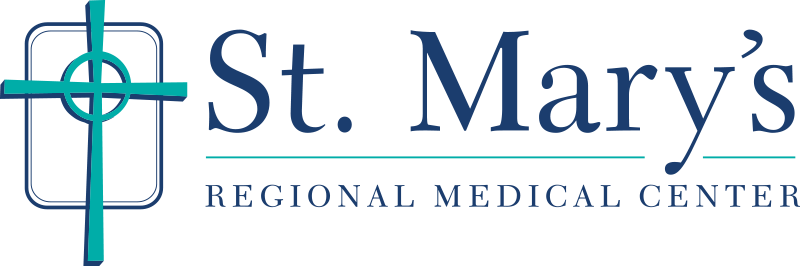Minimally invasive surgery can benefit people with a wide range of conditions.
In the past, surgery was often a traumatic event for one’s body, with large incisions and long recovery times. Today, advancements in techniques have helped surgeons see and address things inside of your body without the need for traditional, “open” surgery. These procedures are collectively called “minimally invasive.”
David Shepherd, MD, vascular surgeon, provides some helpful information on minimally invasive surgery.
How do minimally invasive techniques differ?
The two most common types of minimally invasive surgery include:
• Laparoscopic surgery: In laparoscopic surgery, your surgeon makes several small incisions into which he or she inserts small surgical tools and a camera. The camera, called a laparoscope, magnifies and transmits images to a video screen, allowing the surgeon to see inside your body to perform the surgery.
• Robotic surgery, also called robot-assisted surgery: These techniques involve a mechanical arm, controlled by the surgeon, that performs the surgical actions. These machines allow a doctor to perform many types of complex procedures with more precision, flexibility and control than is possible with conventional techniques.
What procedures can be done through a minimally invasive technique?
Surgeons at St. Mary's perform a variety of robotic procedures, ranging from gallbladder and hernia surgery to hysterectomies to even intestinal and colon surgery. Some other surgeries that may be performed through these techniques include:
• Adrenalectomy (removal of adrenal glands) • Colon and rectal surgery
• Endometriosis surgery
• Gallbladder surgery
• Gastric bypass surgery
• Thoracic surgery
• Urologic surgery
What is the da Vinci® Surgical System?
Surgeons at St. Mary's Regional Medical Center use the da Vinci® Surgical System, one of the most popular and effective robotic systems, to perform complex procedures. It consists of a surgeon's console, a patient-side cart with four interactive robotic arms, a high-performance 3D, high-definition vision system and the system's EndoWrist® instruments. Using advanced robotic technology, the da Vinci System is designed to translate a surgeon's hand movements into precise movements of the EndoWrist instruments.
What are the advantages of minimally invasive surgery to the patient?
Minimally invasive surgical techniques allow patients to leave the hospital with smaller scars and a faster recovery compared to traditional, open surgery. Other advantages of minimally invasive surgery can include greater surgical precision, fewer complications, reduced pain and discomfort, less trauma, less blood loss, reduced risk of infection and shorter hospital stays.
When would open surgery be the only option?
To schedule an appointment with one of our surgeons, call our free physician referral service at 580-249-3741.
Individual results may vary. There are risks associated with any surgical procedure. Talk with your doctor about these risks to find out if robotic or minimally invasive surgery is right for you.
